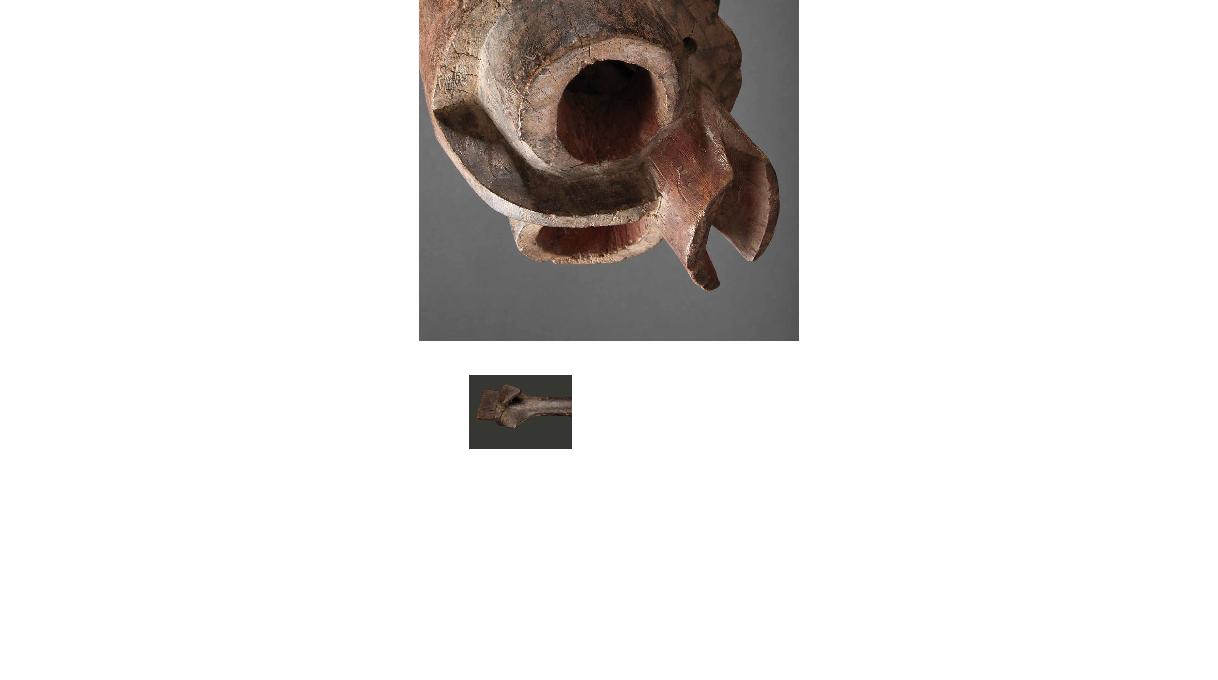
10
11
NIGERIA, MASTERS OF MOVEMENT
The belated discovery in Northeastern Nigeria in the 1970s of
Mumuye statuary came as a shock. Out of the blue, a fascinatingly
modern and inventive art became known to the Western public.
The art of the Mumuye and that of their neighbors along the
Benue River Valley the Mambila, Chamba, Montol, Wurkum and
Mama are an ode to movement.
These dancing figures carved in dense, dark woods have unique
features indeed:
Long arms seeming to wind themselves endlessly around the
abdomen
Stylized faces, with an almost infinite variety of expressions,
peeping from below large headdresses or helmets
Intensely poetic and mysterious use of empty space in the sculpture
Great fluidity of form, contrasting with the sheer power emanating from these ritual figures.
Mumuye art strikingly reminiscent of certain aspects of cubism or of the works of major
artists like Henri Moore or Alberto Giacometti played a prominent role in the seminal exhibition
"Primitivism in 20
th
Century Art" held at New York's Metropolitan Museum of Art in 1984. Such
aesthetes as Jacques Kerchache were pioneering champions of the arts of the Benue River.
Guided by our passion for the arts and cultures of this region, we have decided to deepen
the scope of our 2006 Mumuye exhibition by extending it as well to the arts of the neighboring
peoples of the Benue River Valley.
We invite you to discover the art of the Masters of Movement in Nigeria, a voyage at the
crossroads of modernity and tradition.
Julien Flak
September 2012

